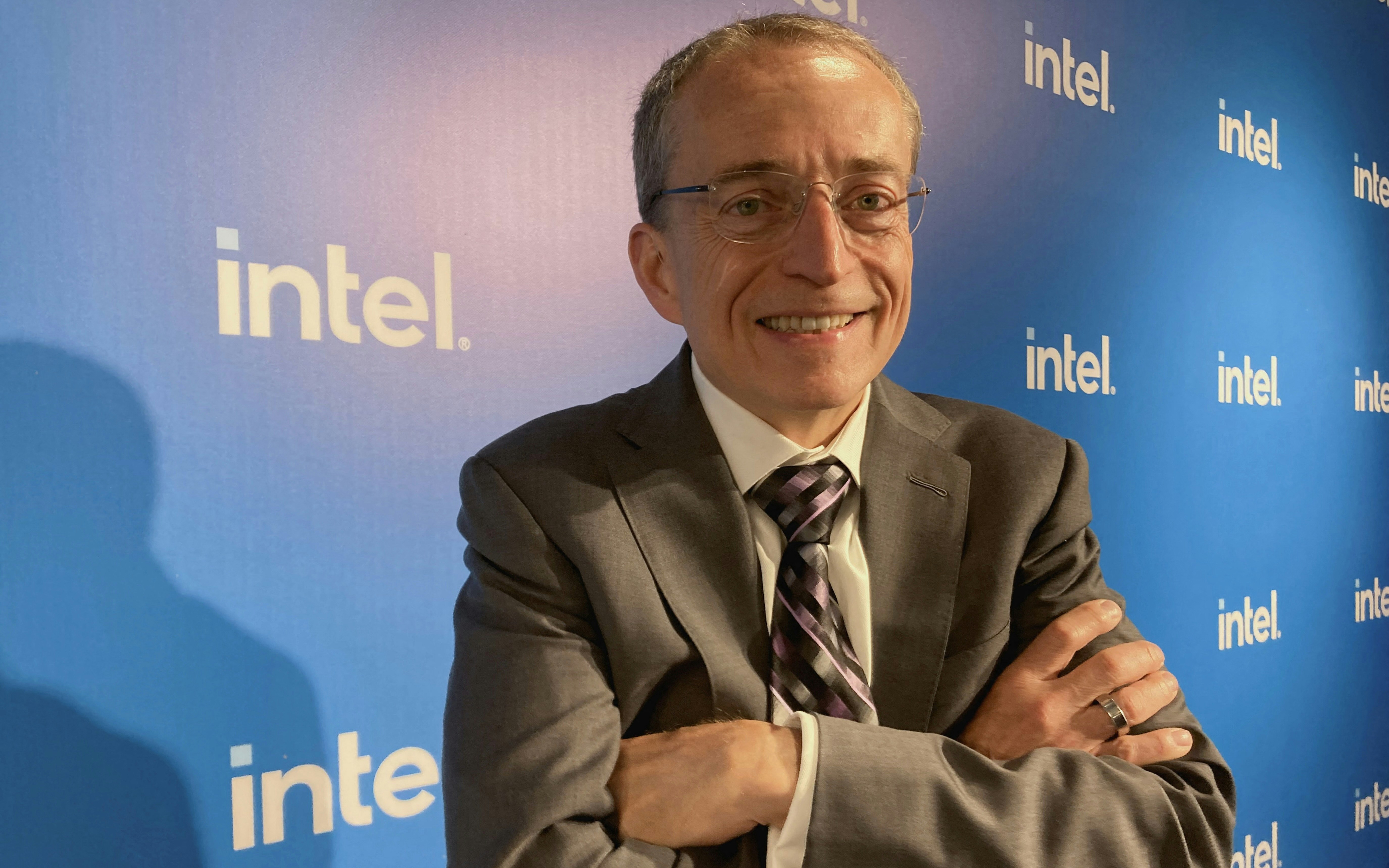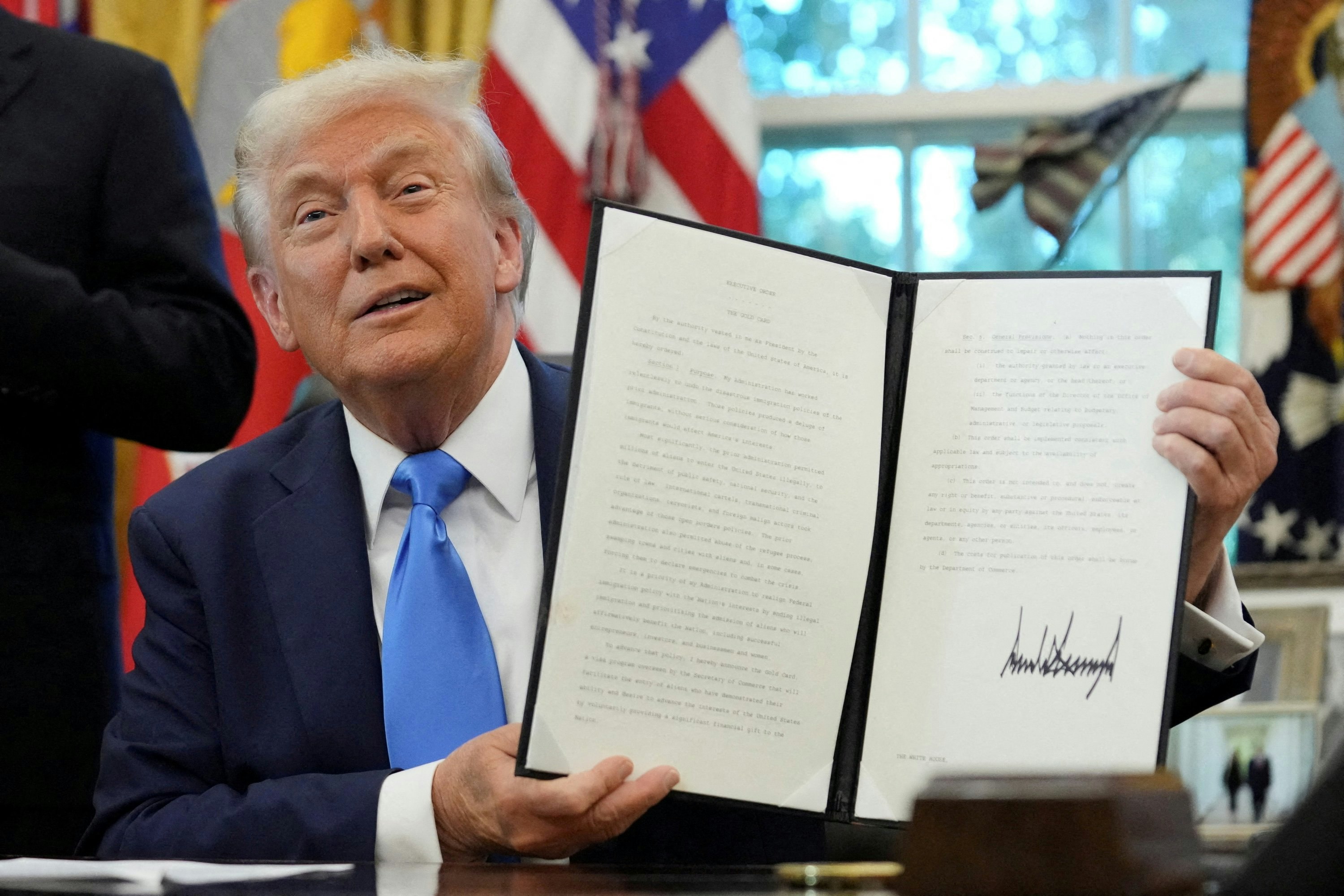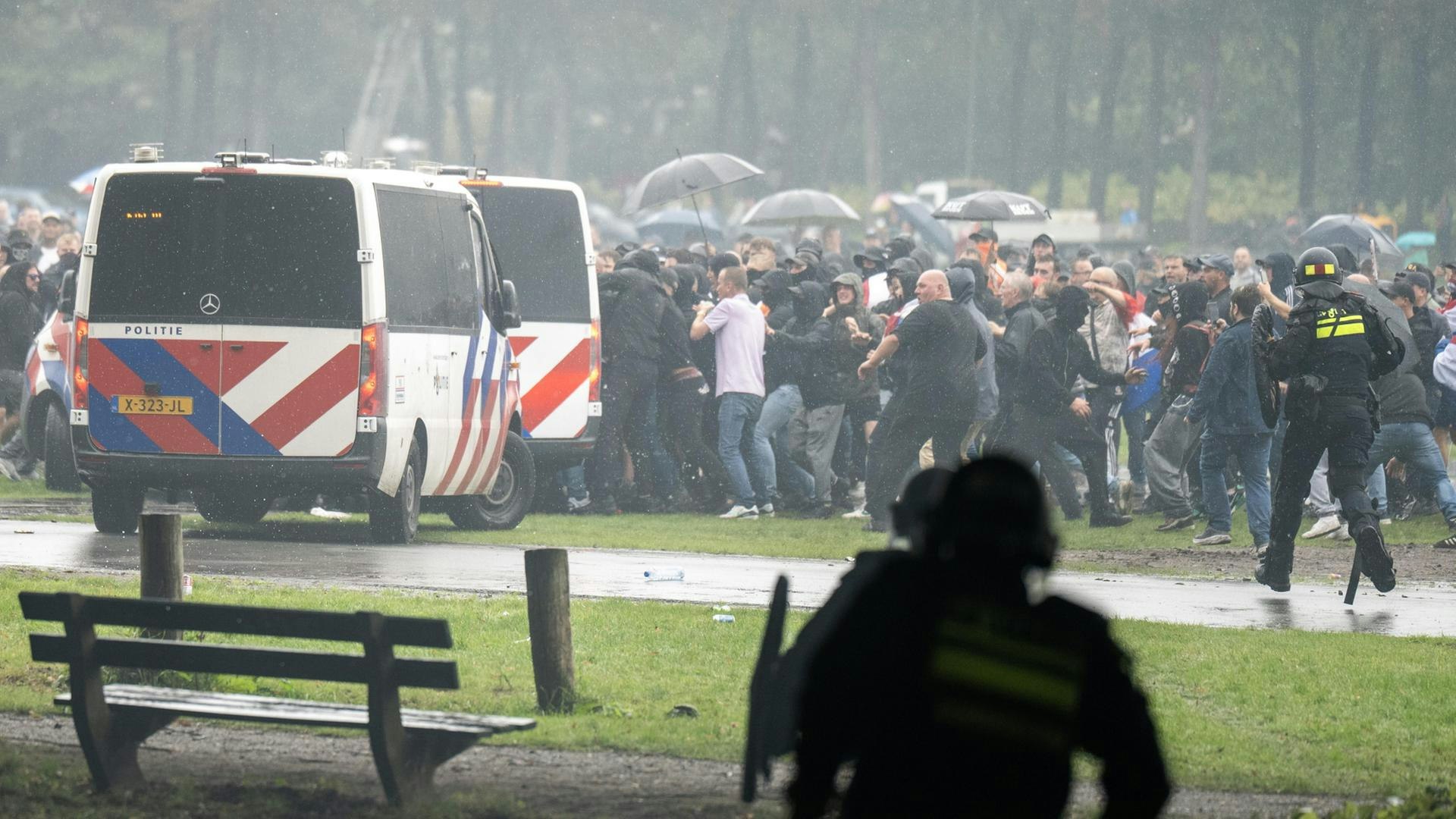Technology
Intel facing one of the most complex turnarounds in tech history
Intel faces one of the greatest challenges in tech history: to successfully combine manufacturing and design under one roof while simultaneously catching up with the competition.

Intel faces a monumental task: the attempt to fight its way back to the top of the chip industry after years of weakness. The biggest obstacle is the complex integration of chip design and manufacturing under one roof - a decision CEO Pat Gelsinger made consciously, despite the paradoxical challenges it brings.
Intel doesn't produce enough of its own PC and server chips to fully utilize the capacity of its gigantic manufacturing plants. To get back to the top of semiconductor manufacturing, the company now has to convince other firms, including competitors, to have their chips manufactured in Intel's fabs. By doing so, Intel would enter the contract manufacturing business, also known as "foundry.
A Trump Card in This Endeavor Could Be the Geopolitical Uncertainty Around Taiwan
To sharpen the focus on manufacturing, Gelsinger announced this week that Intel's manufacturing division will be spun off into its own legal entity with an independent board of directors. This could pave the way for a possible separation of the company in the future.
Some might interpret this move as an attempt to get investors to value Intel higher than the sum of its parts. But so far, Wall Street has remained skeptical. Nonetheless, the move could bring operational benefits. An independent structure would reassure competitors who fear that their intellectual property rights might end up in Intel's chip design department, according to analyst Daniel Newman of The Futurum Group.
Such a step could also ease financing. Large foundry customers might be more willing to invest in a standalone manufacturing division rather than in the entire company, Intel. A relaxation of control over the manufacturing unit could make this additionally more attractive.
However, a reorganization alone is not enough. Intel must deliver results in both manufacturing and chip design. Once, the close integration of production and design was Intel's greatest strength, but today both business areas seem like two drowning people supporting each other to avoid sinking.
Under Gelsinger, Intel has already made significant progress in manufacturing technology, but the decisive proof is still pending: Can Intel utilize these technologies to produce superior products and attract enough foundry customers? The coming months will be crucial. The new server chip Granite Rapids will demonstrate whether Intel can finally compete with rival AMD again, and the PC chip Lunar Lake will be crucial in determining whether Intel can defend its market share against Qualcomm – even though parts of this chip are being manufactured at TSMC, which reduces margins.
The next two years will remain challenging as Intel tries to improve its margins while the competition continues to gain ground.




